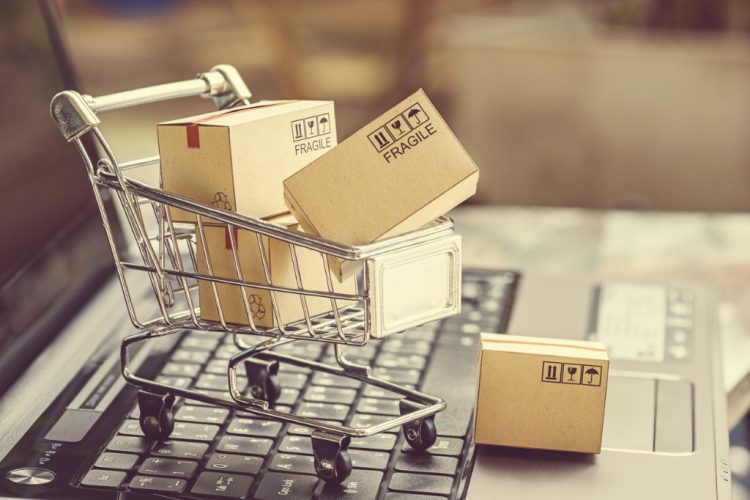Retailers Gear Up for More Returns as Lockdowns Ease

In the post-COVID world, most retailers recognize that more of their sales will come from online, but that also means handling a higher volume of returns, which will pose new challenges for retailers in their stores, stock rooms and warehouses.
Retailers have long accepted that the online channel has higher return rates which, in the case of fashion, can be 40 percent or more. Even when stores reopen after the lockdown, it is likely that some shoppers will still be hesitant to come into stores. Perhaps, they have chosen to continue practicing social distancing or they are wary about touching goods on display that other shoppers may have touched, which is going to be particularly problem for apparel and footwear retailers, for example.
Whatever the reasons for avoiding stores, retailers will need to strengthen their online channel if they don’t want to lose sales and customers, and that means gearing up to handle greater volume of returns with procedures that are friction-free for shoppers, but also cost-effective for the retailers.
Friction-free for Customers and Cost-effective for Retailers
Up to now, the most cost-effective way to handle returns was enabling returns in the store (BORIS), which allows retailers to save on reverse shipping costs and results in quicker refunds for shoppers. But the more cautious customers will not want to return goods in stores until they feel sufficiently safe. And for those who do venture into shops, retailers will have to operate at lower capacities and within safe social distancing guidelines.
To ensure less friction in the meantime, many retailers offer longer return windows to encourage online sales during lockdown. French department store Galeries Lafayette, for example, extended its returns policy to 60 days, while IKEA has extended its return window even further, to a full year.
Making the returns process cost-effective will depend on how well retailers adapt to the challenges of handling increased volume of returns behind the scenes.
New Challenges: Processing Higher Volumes, Warehouse Safety and Re-selling
The first challenge is finding enough workers to rapidly process returns. As retailers were compelled to close stores and furlough workers, many warehouses have reduced staffing levels. So as the volume of returns increases, processing them and issuing refunds will likely be delayed until there is more staff working in the warehouses.
Second, retailers will also need to adapt their operations to ensure employee safety and social distancing. For instance, when British fashion retailer NEXT reopened its warehouses for online operations, the company spaced out workstations and implemented new one-way systems and walkways that mean employees won’t have to cross paths as often. Retailers may also be thinking about adding a curbside service for pickups and returns, so that will have to be introduced and integrated into their operations.
The third challenge is how to re-sell returned merchandise. The coronavirus that causes COVID-19 may last for several days on surfaces, so in order resell certain items that have been handled by other consumers, extra precautions will need to be taken.
Retailers can use a mobile POS to define and automate the returns process because an omnichannel platform is already capable of multi-directional inventory movements. Moreover, a store solution like Openbravo Store Hub makes it easy to train staff and assign tasks in order to process more returns in a safer, faster, and more effective way.



